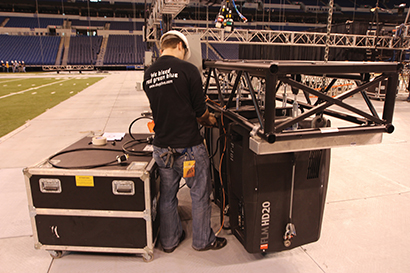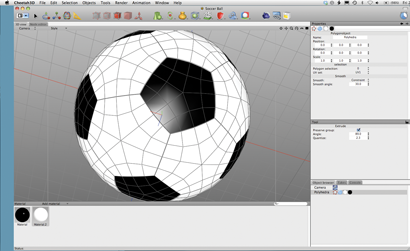Measurement of Light, Demystified
The modern age of lighting has brought us many advances. Along with DMX and new light sources, there are new ways to measure and index the amount and quality of the light that those light sources produce. Measuring light output is pretty easy. Grab a light meter (or download one for your smart phone), point the light source at the eye of the meter (or camera of your smart phone) and look at the measurements. You will see a bunch of numbers come up — the mathematical computations of certain values that make up your light source.







